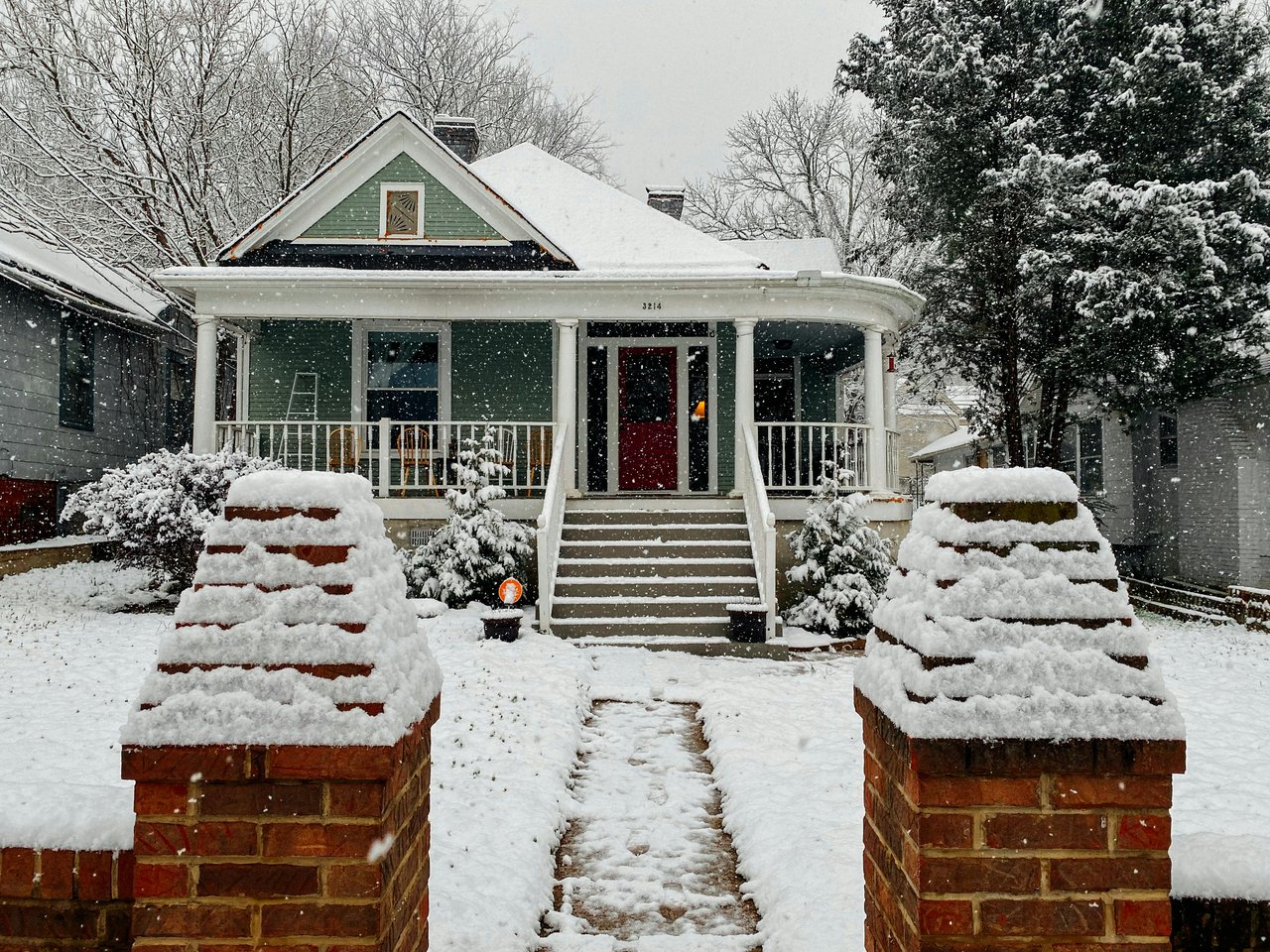Welcome to Portland, Oregon - a city renowned for its vibrant culture, stunning natural beauty, and thriving art scene. Beyond the picturesque landscapes and art-centric vibe, Portland is also home to some of the most exceptional architectural masterpieces in the United States. In this blog post, we'll take you on a journey through four neighborhoods in Portland that showcase remarkable architecture. From historic landmarks to innovative modern designs, these neighborhoods are a haven for architecture enthusiasts and anyone seeking inspiration from the built environment.
1. Alphabet Historic District:
Nestled in the northwest part of Portland, the Alphabet Historic District, also known as Northwest Portland or Nob Hill, boasts an array of architectural styles dating back to the mid-19th century. The neighborhood's name "Alphabet" is derived from its street names, which follow the alphabetical order. Strolling through the area, you'll encounter enchanting Victorian-style homes, quaint Craftsman bungalows, and elegant Italianate and Queen Anne residences. The conservation efforts in this district have preserved the original character of the buildings, providing a glimpse into Portland's architectural heritage.
2. Pearl District:
Once an industrial area, the Pearl District has transformed into a trendy and modern neighborhood with a plethora of cutting-edge architectural wonders. This former warehouse district now features sleek, contemporary buildings that integrate seamlessly with refurbished historic structures. With its emphasis on sustainable design and adaptive reuse, the Pearl District has become a model for urban renewal. Be sure to check out the iconic Brewery Blocks, a development that artfully blends modern aesthetics with the remnants of the old Blitz-Weinhard Brewery.
3. Eastmoreland:
For lovers of classic and timeless architecture, Eastmoreland, located in Southeast Portland, is a must-visit neighborhood. Characterized by its wide, tree-lined streets and well-manicured lawns, Eastmoreland is a residential oasis featuring predominantly Colonial Revival, Tudor, and English Cottage-style homes. This neighborhood is a prime example of early 20th-century suburban planning and has earned a spot on the National Register of Historic Places. The Reed College campus, adjacent to Eastmoreland, is also worth exploring for its beautiful Collegiate Gothic architecture.
4. South Waterfront:
As an epitome of contemporary urban planning, the South Waterfront neighborhood offers a unique contrast to Portland's historic districts. Situated along the Willamette River, this area has undergone a remarkable transformation over the past few decades. Architectural marvels like the John Ross Tower and the Mirabella Portland retirement community showcase modern high-rise living with stunning views of the city and the surrounding landscape. The neighborhood's commitment to sustainability and green design principles is evident in its LEED-certified buildings and extensive public spaces.
Portland, Oregon, is a city that embraces both its past and future through its architectural treasures. These four neighborhoods stand as prime examples of the city's commitment to preserving its architectural heritage while pushing boundaries with innovative design.
Whether you are an architecture enthusiast or simply appreciate the beauty of well-designed spaces, exploring these neighborhoods will undoubtedly leave you inspired. From the Victorian-era charm of Alphabet Historic District to the contemporary skyscrapers of South Waterfront, Portland's architecture reflects its evolving identity as a city that cherishes its history while embracing progress. So, grab your walking shoes and set out to experience the architectural delights that await you in the City of Roses.




